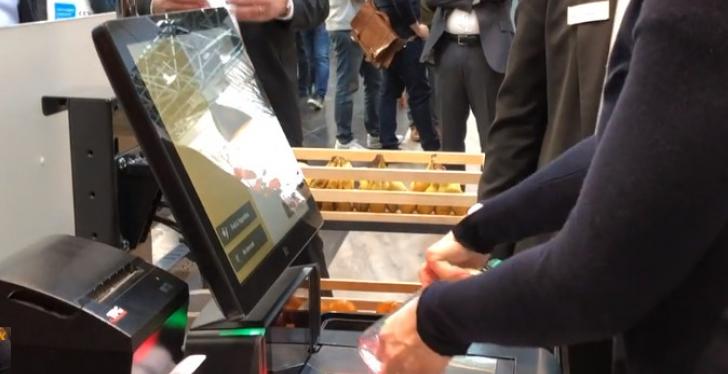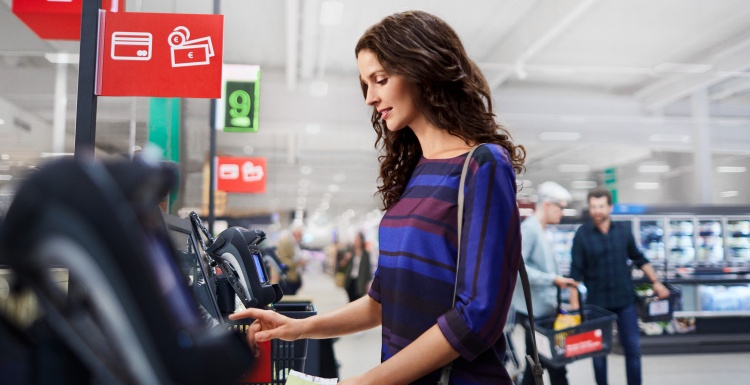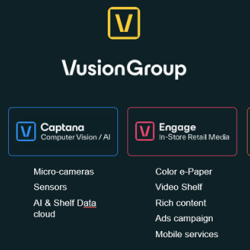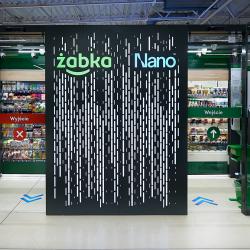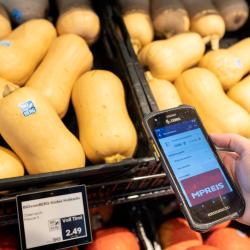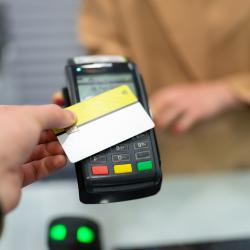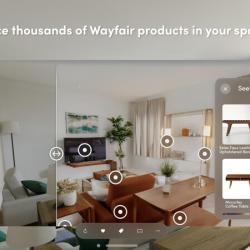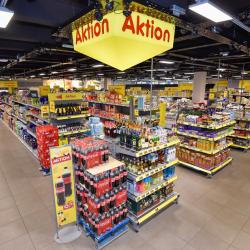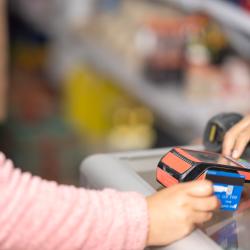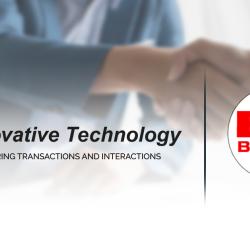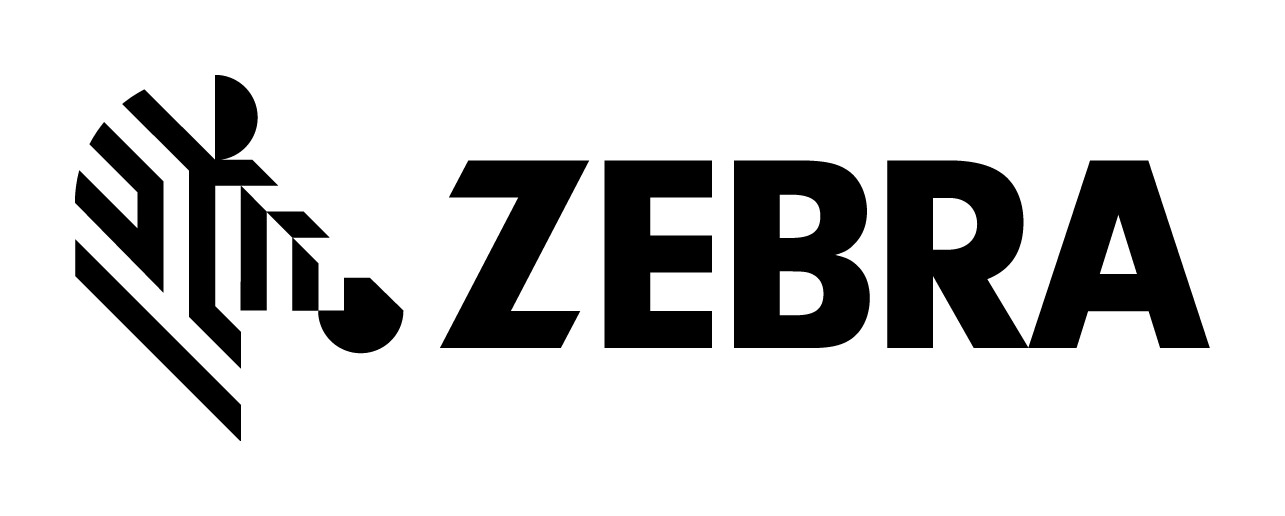Retail self-checkout systems hold untapped potential
Fundamental willingness to use self-checkout systems is distinctly greater than the actual percentage of users
iXtenso/Schmitz
Germans mostly know self-checkout systems (SCO) from their visits to IKEA. Yet by now, supermarkets and some drug store chains have also started to let customers scan their own products. Even so, both customers and retailers continue to be skeptical. Especially the latter are afraid that the expensive systems might not be met with the necessary acceptance.
Despite a recent study by the Market Research and Consulting Institute YouGov that indicates that every other German consumer has already used some form of self-checkout system, doubts about their pros and cons prevail. Brand image, investment, and user benefits are the key barriers to retailers. That being said, the report also shows that the fundamental willingness of customers to use self-checkout systems is distinctly greater than the actual percentage of users. In other words, there is a lot of untapped potential in this area.
Stationary self-checkout solutions: must be easy to use and accept cash
Self-checkouts include various systems where the checkout process is either entirely or partially handled by the customer. They come in different variations, depending on what retailers and customers need. Stationary and mobile solutions are offered as an alternative – and this is crucial – to traditional cashier-staffed checkouts.
In the case of stationary self-checkouts, customers personally scan each item. To do this, they move the product across an integrated bi-optic laser or imager scanner. Depending on the model, scanners feature security scale configurations that not only serve as a scale but also ensure that the scanned item is truly the item it claims to be. A software compares the barcode to the standard weight specification. Security scales can also be added as an external module. In this case, customers need to place products on a separate scale to continue the scanning process before they are allowed to scan their next item. Depending on the model, the scanner also features an integrated deactivation of the electronic article surveillance tag.

Customers receive instructions via a touch display during the entire process and are able to check all of the steps and scanned products. A simple user interface guides through all of the processes. Voice instruction might also be an option. Retailers should ensure that the entire range of products is accessible in the system. This pertains most notably to counter items, items that require weighing or bakery products. This might involve separate steps such as an additional menu with images to select the products. Customers can also redeem coupons, gift coupons or bottle return receipts.
Some terminals only offer cashless payment methods. The payment process is frequently verified via a signature pad though some systems also feature fingerprint scanners. However, since skeptics prefer to pay cash, retailers should also offer a cash payment option in addition to debit and credit card payments if at all possible. Integrated bill and coin recycling options not only make the payment process easier for customers, they are also an efficient cash handling component for retailers thanks to integrated cash management systems. The SCO systems can also be upgraded with technologies enabling contactless payment with NFC. This solution is already standard in new models.
In addition to stationary models, many manufacturers also offer hybrid solutions. With just a few steps, these systems can be converted into cashier-staffed checkouts. This allows retailers to be more flexible, especially during rush hours, thus preventing long lines.
Read more about checkout zone:

Mobile scanning as a supplement to stationary checkouts
Mobile scanning solutions require customers to receive a handheld device at the supermarket entrance, so they can scan the products throughout their shopping trip. This solution often requires prior registration with a store card for example. At the end of the shopping trip, the data is transferred to the POS system and customers either pay at a machine or at a separate checkout counter. At this point, manufacturers also offer corresponding functions for smartphones by way of shopping app. When customers leave the store, they pay for their scanned shopping basket by using the previously registered payment methods. The advantage of this solution is that it also makes additional features like a shopping list, sales indicator as well as indoor localization and navigation available. So far, these types of systems are only sporadically featured across Germany. Having said that, markets are increasingly being equipped with stationary and mobile self-checkout solutions.

Customers must be able to choose – and should not be forced to use SCOs
According to the YouGov study, introducing self-checkout systems is only beneficial if the target audience is made up of potential users, that being people who use self-checkouts at least on a minimum basis. The 25 to 34 bracket tends to be especially tech-savvy. In addition, customers between the ages of 18 and 24 as well as 35 to 44 are also attracted by this option.
At the end of 2016, Edeka Aschoff in Kassel introduced four SCO systems at its market. Customers who use this solution include men, women, young families and even older couples. The supermarket management affirmed that especially the latter appreciate the new option because they feel less rushed because it allows them to set their own pace.
What’s more, in addition to the age group, retailers should also analyze POS receipt data to determine the percentage of customers shopping for a small number of items, thus totaling a lower average purchase value. After all, SCO systems are still best suited for the purchase of a limited number of items. If retailers record a large number of items, it might be a sign that the implementation is unprofitable.
Above all, retailers should clearly communicate the variety of available payment methods and their usability to also convince skeptics. Within the checkout zone, the location also plays a crucial role: an accessible entrance and exit should also be guaranteed. A physical or visual separation has a negative impact on usage patterns.
What’s more, customer service staff should also receive special training. This is why it is especially useful during the introductory phase to have staff available at the SCO systems to answer any customer questions or to fix problems. There should subsequently also be at least one dedicated associate who should promptly release dated items for example. Meanwhile, once new modules are being integrated, retailers should also ensure that staff is adequately informed and trained if needed.
Since SCO systems are always open and available, there are automatically more available checkouts. This increases average sales per foot, while customers appreciate the faster alternative to avoid standing in long lines. The retailer’s brand image can also benefit with the implementation of SCO systems, provided that the foundation has been laid and the target audience is the focus of this endeavor. That’s why investment concerns should not be the primary focus here. And since the systems are now produced on a larger scale, the equipment acquisition is comparatively more economical than it was just a few short years ago.


